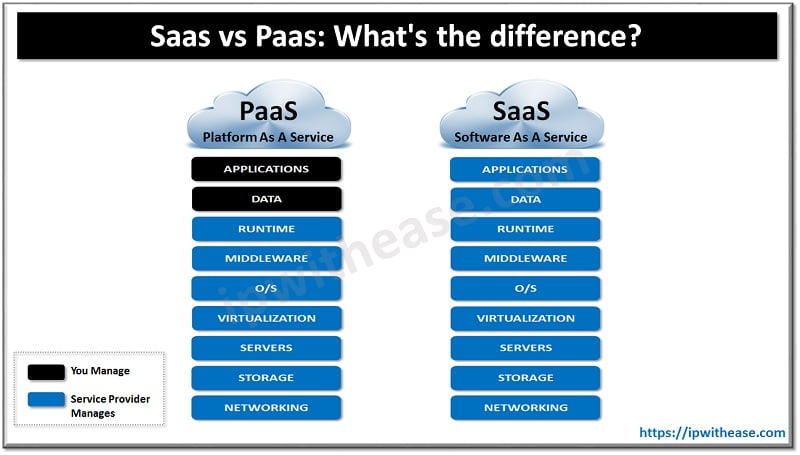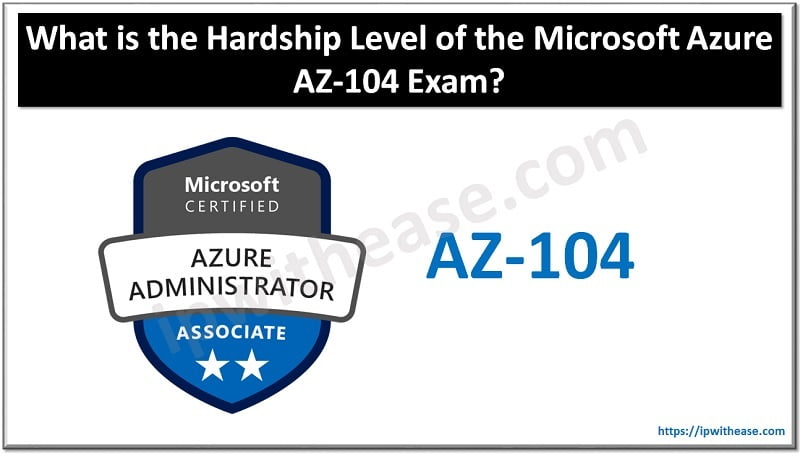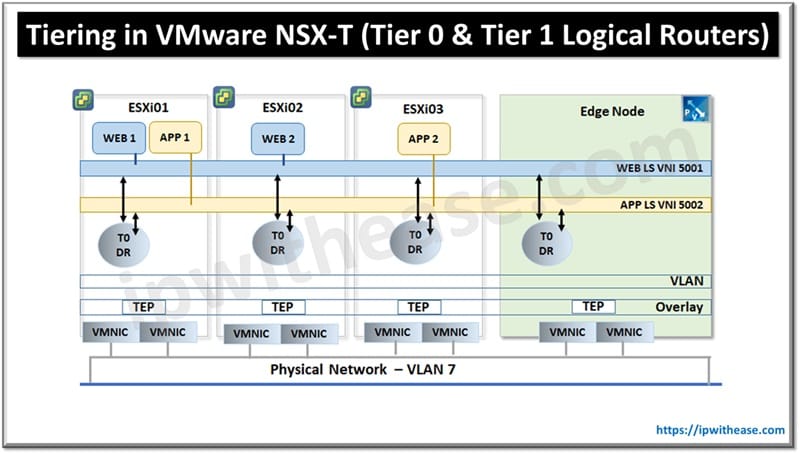There has been a silent revolution, transforming our world, which many are not even aware of. This transformation is being led by new technologies, including Artificial Intelligence, Machine Learning, and Cloud Computing. Of all these technologies, it is cloud computing that acts as both the backbone and the engine of change.
The cloud is a hot and happening topic for all businesses, irrespective of the business size and main activity. Many of them have begun switching their business to the cloud, and many more are considering this move. To keep up with the changing times, it is important to understand the cloud and its various services. There are usually 3 models of cloud services.
SaaS, PaaS, and IaaS
SaaS and PaaS, along with IaaS, are known to be the basic supporting stands of the cloud computing service model. The three are:
- SaaS: Software As A Service
- PaaS: Platform As A Service
- IaaS: Infrastructure As A Service
What is SaaS
Software as a service or SaaS is also known as Cloud application services and is the most common type of cloud computing which businesses use. Companies can deliver these applications over the internet, which third-party vendors manage. Users don’t need to download anything and can use the application directly from the browser. The operating systems, data, servers, applications, storage, and more are managed by the vendor or the SaaS development company. The IT manager needs to look after the usage of software and provide access to employees. Examples of SaaS include Microsoft 365 and Google G Suite.
Advantages of SaaS
- Very easy to use and manage
- Highly scalable
- Readily available on the browser, so no need to download or install
- You can use the software from multiple devices. It only requires you to log into your account.
- All staff and team members can use the software without any downloads. Great for global teams working together.
Disadvantages of SaaS
- There is no control over the infrastructure that the application runs on. You are entirely dependent on it.
What is PaaS
PaaS is more like a tool that is used to develop applications and products online. Developers get a chance to custom-build applications online without any requirement to deal with data storage and serving. The biggest plus point of PaaS is that it allows developers to deploy large applications without downloading or buying necessary infrastructure.
Everything can be done online. This model allows users to focus on the application software without worrying about software updates, operating systems, and other infrastructure-related matters. Examples for PaaS include Microsoft Azure and Google App Engine.
Advantages of PaaS
- Administrators have a lot of control over the application and the platform software.
- PaaS cloud services usually allow the use of multiple programming languages. This kind of support gives developers the chance to work on various projects.
Disadvantages of PaaS
- Users have control over what is being built on the platform and not over the infrastructure.
- It may offer less flexibility and users customer control
- Users will require basic coding knowledge to get the most of PaaS.

Key Differences between SaaS and PaaS
The two models are different from each other in many ways. They each have their advantages and disadvantages and are useful in different ways. Let us look at the main differences they have.
Delivery
- SaaS: it has a web delivery model which eliminates the need for downloading and installing the application on each computer. The vendors manage all technical issues, including servers, storage, data, etc.
- PaaS: the delivery model is similar to SaaS except that PaaS provides a platform for software creation instead of delivering the software. The developers have the freedom to build the software and not worry about operating systems, infrastructure, software updates, etc.
Effects on the staff and company
- SaaS: SaaS helps reduce the time and money spent by employees and companies on tasks such as upgrading software, installation, and management. This frees up their time and allows them to take up more important issues.
- PaaS: PaaS allows the simple, cost-effective deployment of applications. Developers have the freedom to customize apps without worrying about the software. It allows them to be more creative. It is possible to automate business policies.
Use Of the Model
- SaaS: in start-ups or small companies that need to start fast and don’t have time to waste on server or software issues. Applications that are not needed frequently and short-term projects which need easy, fast, and affordable solutions are best for the SaaS model.
- PaaS: PaaS can streamline workflow when several developers are working on a single project. It can provide great speed and flexibility to the process, especially when you need customized applications.
Conclusion
Smart business solutions are the need of the hour. Antiquated technology and cumbersome maneuvering are things of the past. Businesses are increasingly using cloud computing solutions to streamline operations and integrate digital delivery. Understanding how SaaS and PaaS work and utilizing them correctly can make all the difference.
Continue Reading:
What is Cloud Workload Protection Platform (CWPP)?
What is Cloud Security Posture Management (CSPM)?
ABOUT THE AUTHOR
IPwithease is aimed at sharing knowledge across varied domains like Network, Security, Virtualization, Software, Wireless, etc.



